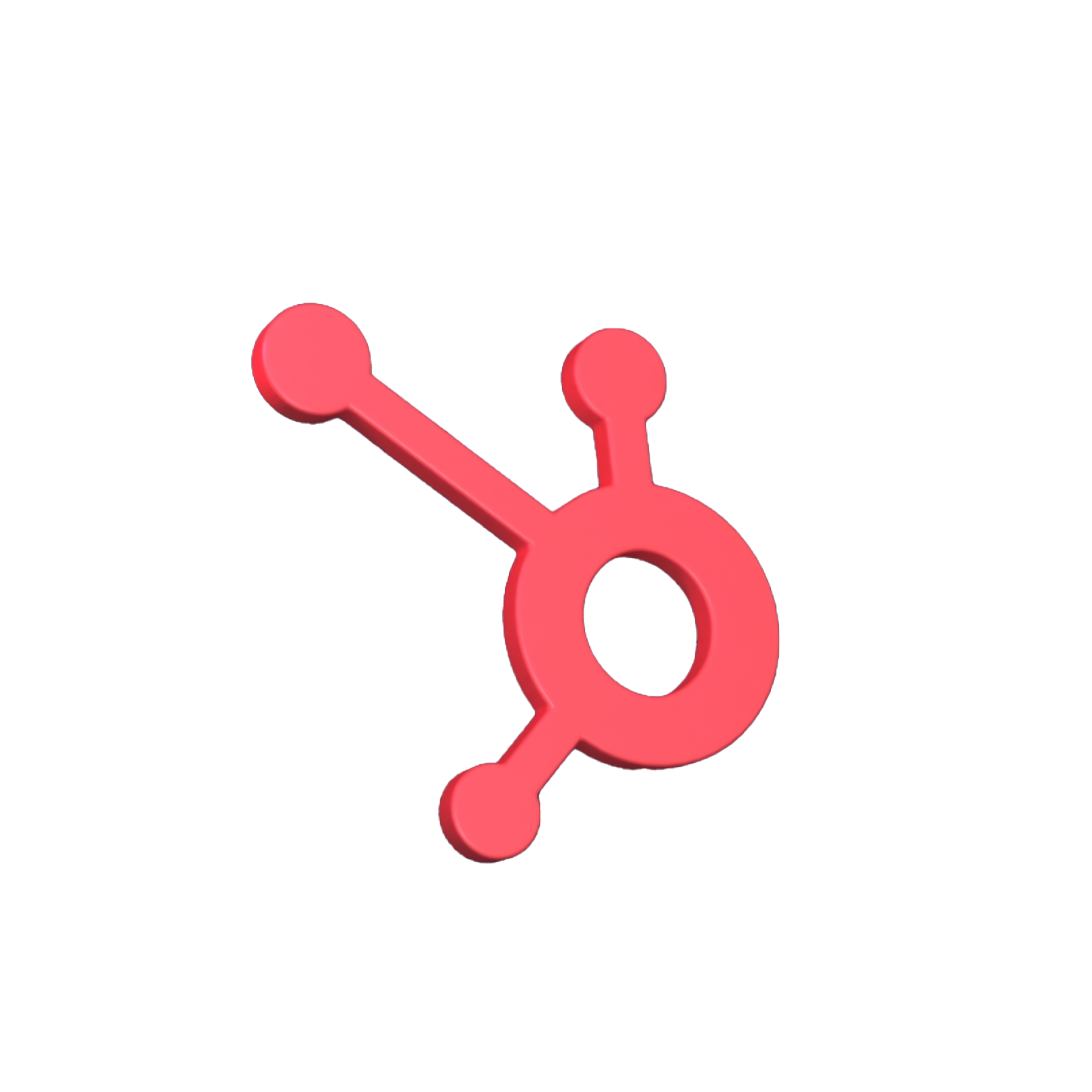Manufacturing organisations tend to have large scale clients and long sales cycles - which results in a lot of data! With data sitting across systems, teams face the challenge of connecting it all together to gain a single customer view.
Many businesses in the manufacturing and engineering industry don't realise how outdated their systems are. These systems fail to provide accurate predictions for sales, making forecasting production quantities almost impossible.
Below we unpack some of the common challenges that this industry faces and why achieving accurate demand forecasting is critical to your business’s success. We then explore how CRM software has revolutionised the manufacturing and engineering industry by empowering organisations to understand future demands better than ever before.
Why legacy systems no longer work
Your company produces a ton of data from each department, which is why it’s important to house all of this data in one CRM system as opposed to relying on a disjointed stack of legacy software.
As most businesses expand over time, so do their front office tech stack needs. This leads to them purchasing a wide array of software intended to speed up their processes, however, this ends up slowing them down. Older systems often don’t integrate well with other software, don’t provide data to mobile devices, and is sometimes difficult to get support when issues arise. Holding onto these outdated legacy systems will only impede your forecasting process and your business's efficiency in the long run.
Historical data is not always accurate at pinpointing customer changes, making traditional forecasting a thing of the past. You also need accurate, real-time data to be able to forecast effectively.
This is why manufacturers now rely on the help of an integrated CRM software, to provide their business units with access to accurate, real-time information to better forecast their sales.
CRM software for demand forecasting
Using the right CRM system can assist in forecasting sales effectively and take the guesswork out of predicting production quantities.
CRM software will allow you to use past production figures combined with real-time data to forecast future demands. This can help plan for busy periods and also allocate resources and staff workloads. With a clearer vision of the future, finance teams will also be able to build better budgets.
Connecting disparate systems and data sets can allow companies to make sense of their information, but your CRM system is only as good as the data it has access to. Using a cloud-based system, all of your disjointed data is organised to provide one single source of truth. This will incorporate all of the latest detailed information for your business, including sales notes, which may reveal invisible trends for your forecasts.
CRM software can analyse data and generate reports that will assist you in forecasting production needs as accurately as possible. The cloud's scalability, collaboration, security and automation capabilities enable manufacturers to improve forecasting and meet their customers’ needs.
How Huble Digital can help
At Huble Digital, we specialise in helping those in the manufacturing and engineering industry understand their supply and demand needs for sustainable growth. Securing the right CRM is important to help you meet the challenges within your industry and continue to grow and sustain your customers.
Want to know more about how CRM solutions can help your business take the next step? Explore our CRM solutions for the manufacturing and engineering and learn how we’ve helped others like you.
.png?width=80&height=80&name=circle-cropped%20(4).png)









-3.png?width=500&height=320&name=Matt%20-%20imagery%20bank%20(8)-3.png)

